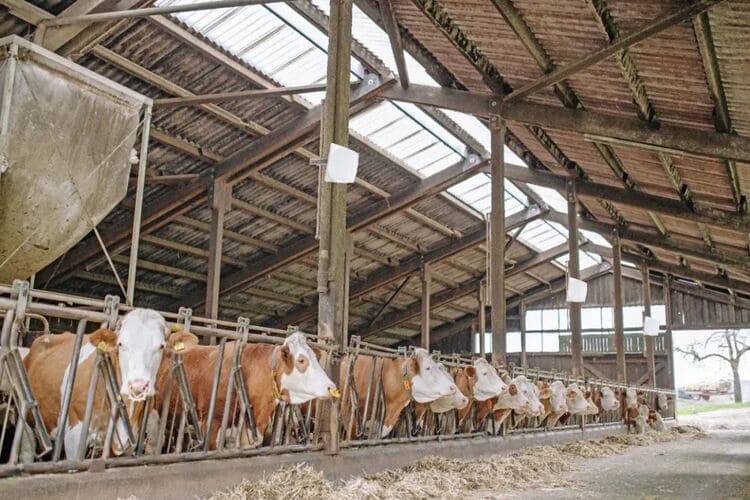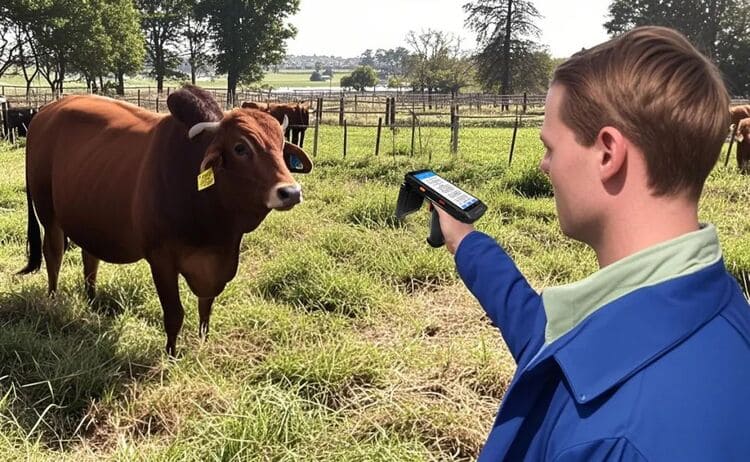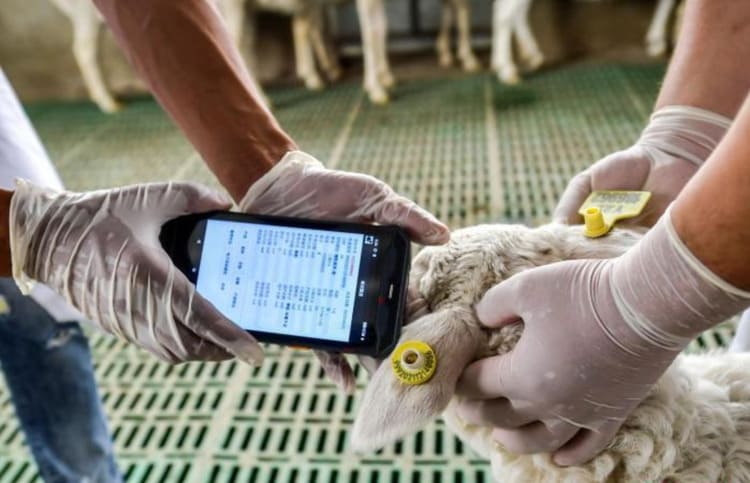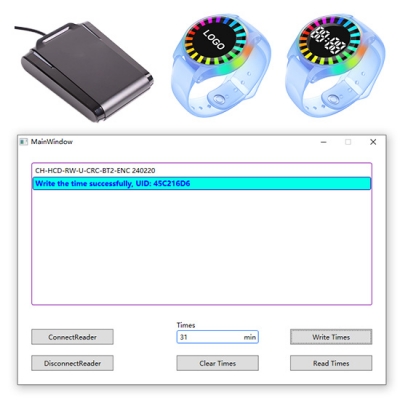RFID animal tags have revolutionized animal farming traceability management. From the moment animals are born, workers can attach carefully designed RFID animal tags, such as RFID ear tags and RFID foot ring tags. These tags are not only lightweight and durable but also seamlessly integrate into the animals' bodies without affecting their growth and development. For instance, RFID ear tags, seemingly inconspicuous, contain immense value. The unique identification information stored within acts as an "ID card" for animals, connecting crucial data throughout their lives.

During the farming stage, RFID readers installed in key areas such as feeding zones, watering areas, and activity spaces automatically recognize and read the tags on the animals as they move through. This information seamlessly integrates with the farm management system, enabling real-time recording of critical indicators such as feeding patterns, water consumption, and movement data.
Disease control poses a significant threat to the livestock industry. In case of outbreaks, RFID livestock tags facilitate rapid tracking of infection sources and transmission paths. By analyzing the animals' movement and contact records, potential infected groups can be accurately identified, enabling prompt isolation and treatment measures to contain the spread of diseases. Additionally, RFID tags store comprehensive records of vaccination schedules, treatment plans, and medication details. This ensures complete and traceable health records, enabling veterinarians and farmers to make informed decisions for disease prevention and management.
During transportation and trade, RFID technology ensures the well-being and quality of animals and animal products. Vehicles equipped with RFID readers monitor real-time physiological indicators of animals during transportation, such as body temperature and heart rate. In the event of anomalies, appropriate measures can be taken promptly to ensure the animals' health and safety. At the destination, the receiving party can quickly verify the animals' identity, health status, and farming history by reading the RFID electronic tags. This enhances efficiency, guarantees product quality and safety, and instills confidence in consumers.

Traditional manual recording of animal farming information is time-consuming, labor-intensive, and prone to human errors. RFID animal tags automate data collection and transmission, eliminating the need for manual record-keeping. The system updates animal records based on data collected by readers, allowing easy access and analysis. This intelligent management system significantly improves operational efficiency, allowing farmers to focus more on core farming tasks, ultimately enhancing the quality and productivity of animal farming.
Seamless traceability provided by RFID animal tags ensures food safety from the birth of animals to the dinner table. Consumers can scan the traceability code on products to acquire detailed information about the entire farming, vaccination, transportation, and other processes. This transparent traceability system builds trust and confidence among consumers, enhancing brand image and competitiveness for businesses.

The application of RFID animal tags in animal farming plays a vital role in ensuring food safety. These tags enable real-time monitoring, disease control, and seamless traceability throughout the animal's life cycle, benefiting consumers and businesses alike. As technology continues to advance, RFID animal tags will continue to transform animal farming into a safer, more efficient, and more transparent industry.














